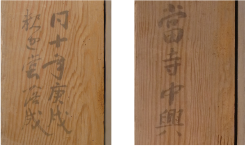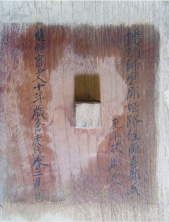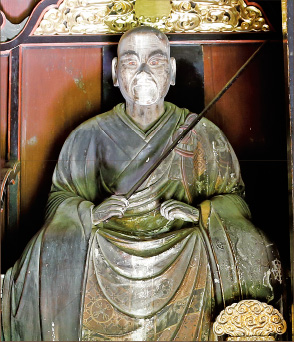In the front garden at the entrance of the temple, there are three of the finest camellia trees, one Goshiki Chiri Tsubaki tree and two Shutendoji trees.
The Goshiki Chiri Tsubaki is estimated to be about 300 years old and is said to have come from a famous camellia tree related to a heroic feudal lord of the Kumamoto Domain, Kiyomasa Kato.
The Shutendoji trees, which grow only within the area of the old Ozu Domain, bear gorgeous scarlet flowers. One of them is estimated to be more than 150 years old and the other more than 250 years old.
※Flowering period: between February and April.
![Ozu-Known as [little Kyoto] in Iyo](common/img/logo_en.png)



































